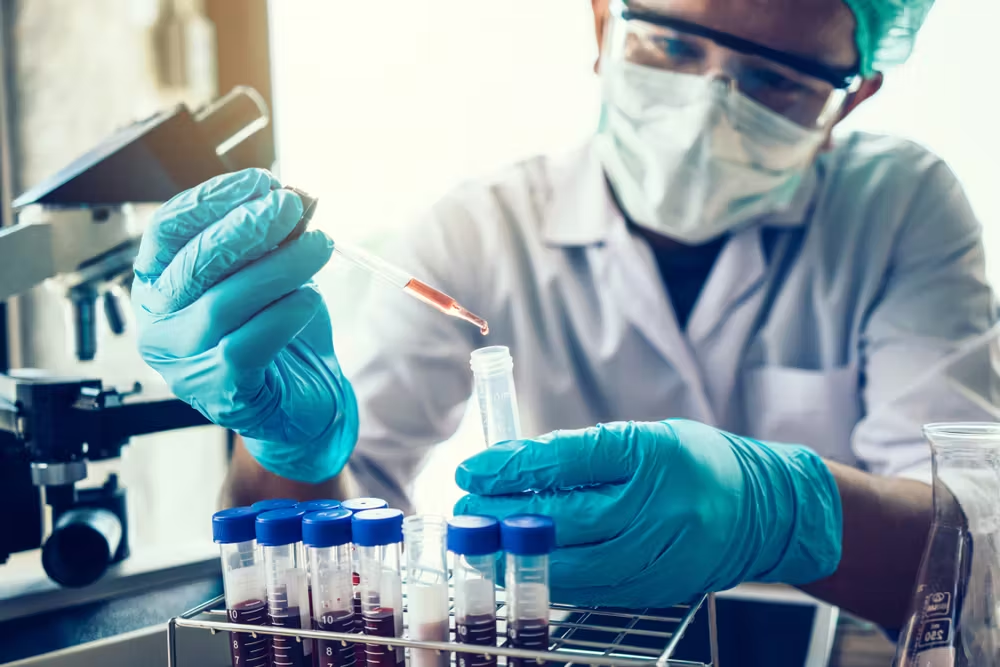Imagine stepping into Fertility Consultation Mountain View. You’re hopeful yet anxious. There, you meet a specialist who, with a kind smile, starts talking about Preimplantation Genetic Diagnosis (PGD). You blink, confused, as this term seems alien to you. But don’t worry, I’m here to be your translator, to decode this scientific jargon into something you can understand. Let’s take this journey together, shall we? Let’s delve into the world of PGD through a conversation with a specialist. It may seem daunting now, but trust me, by the end of this blog, it’ll feel as familiar as your morning coffee.
The Basics of PGD
Picture a painter carefully selecting colors from a palette. PGD is a bit like that. It’s a procedure that allows specialists to pick healthy embryos during an IVF cycle. When you’re at the crossroads of hope and fear, choosing the right path can seem intimidating. But understanding the process is half the journey.
During an IVF cycle, eggs are fertilized in a lab. They’re watched and cared for, like precious gems. By day five, these fertilized eggs, now embryos, are ready for a biopsy. This is where PGD comes in. It allows experts to identify and select healthy embryos. It’s a beacon in the dark, guiding you towards your dream of starting a family.

Why Choose PGD?
Think of a time when you had a choice. A choice that could change the course of your life. PGD is one such choice for couples struggling with infertility. Here’s why:
- It can detect genetic disorders in embryos before implantation. This offers a safety net for couples with a history of genetic conditions.
- It helps avoid multiple pregnancies. Only healthy embryos are implanted, reducing the need for multiple IVF cycles.
- It increases the chances of a successful pregnancy. By selecting healthy embryos, the chance of successful implantation and pregnancy increases.
Imagining the Future of PGD
Now, let’s take a leap into the future. Imagine a world where couples no longer face the heartbreak of infertility. Where every IVF cycle is a success because of advanced techniques like PGD. It’s not a far-fetched dream. It’s a reality that’s within reach.
With every passing day, scientists are learning more about the human genome. They’re developing new techniques and tools, constantly refining the process of PGD. The future of PGD isn’t just a conversation with a specialist. It’s a conversation with hope, with possibility, with a future where dreams of starting a family can become a reality.
In the end, understanding the world of Preimplantation Genetic Diagnosis is not just about decoding scientific jargon. It’s about understanding the possibilities it offers to couples struggling with infertility. It’s about envisioning a future where every fertility consultation is a step closer to your dream family.

